Sign up for workout ideas, training advice, reviews of the latest gear and more.

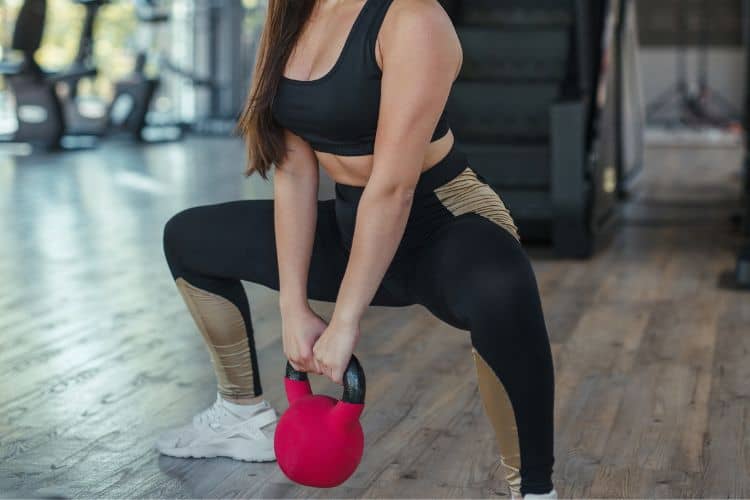
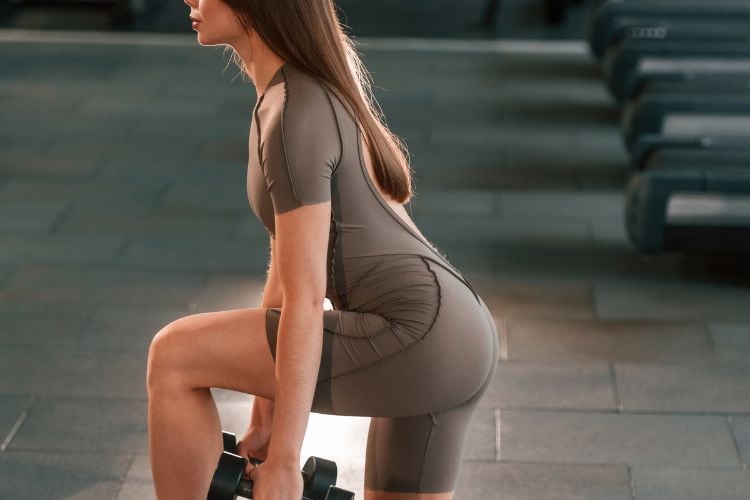
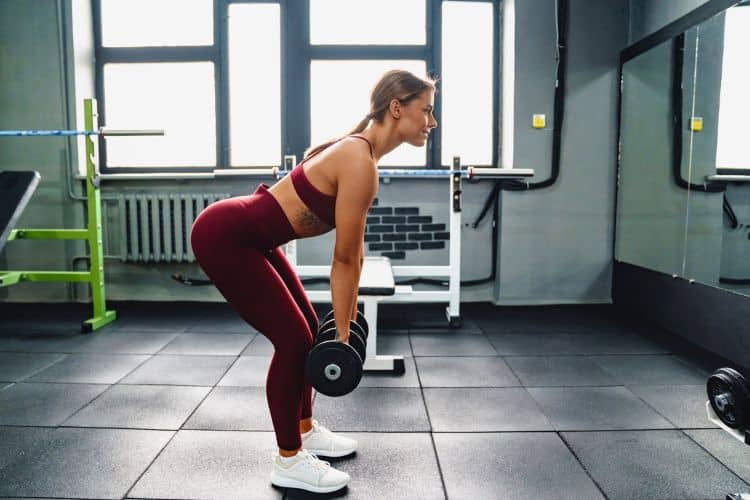
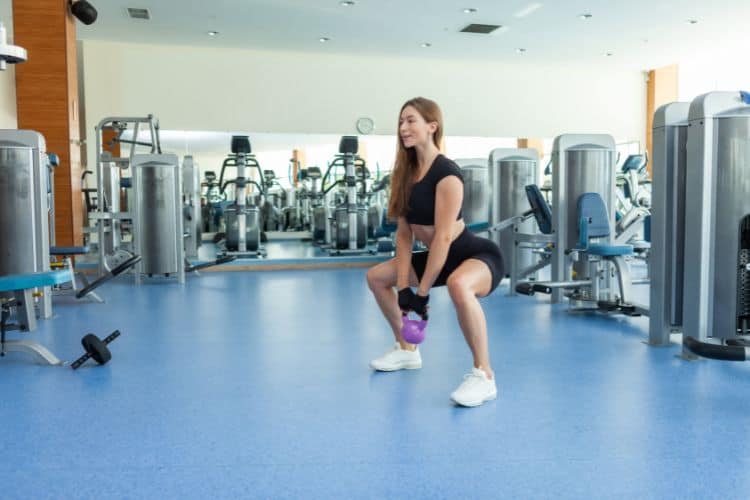
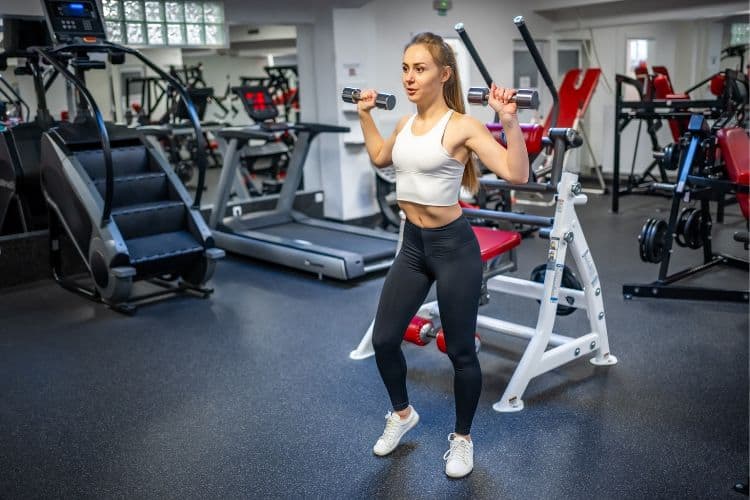
Finding time to exercise can feel overwhelming—especially if you’re new to fitness, juggling work, or navigating a busy lifestyle. But here’s the great news: you don’t need a long, complicated routine to get strong, boost energy, and burn calories. A 10-minute full body compound workout for beginners is one of the most efficient, beginner-friendly training approaches available. It’s fast, powerful, and uses a sequence of multi-joint movements that activate several muscle groups at once. This style of training gives beginners a balanced workout that strengthens the entire body while improving endurance, coordination, and confidence. Whether you’re working out at home or in the gym, this 10-minute session makes consistency achievable even on the busiest days.
Using compound exercises (movements that work multiple muscles at the same time) is ideal for beginners because the workout is simple, functional, and extremely effective at building a foundation of strength. Instead of isolating one muscle at a time, you get full-body engagement—leading to better calorie burn, improved coordination, and increased overall fitness. Best of all, this beginner-friendly workout requires no equipment and can be done anywhere, making it the perfect starting point for anyone ready to begin their fitness journey.
A compound workout focuses on exercises that engage multiple muscles and joints together. These movements mimic how your body naturally moves in daily life—lifting, squatting, reaching, pushing, and pulling. For beginners, this approach is extremely beneficial because it helps build functional strength, improve posture, and enhance mobility without needing complicated routines or gym machines.
Compound movements such as squats, lunges, and push-ups recruit several muscle groups at once. This allows you to burn more calories in less time, making them ideal for shorter workouts like this 10-minute session. Not only do compound exercises maximize efficiency, but they also help boost metabolism and improve cardiovascular health by increasing the heart rate during dynamic movements.
Beginners also benefit because compound exercises require coordination and stability, helping you develop a strong foundation early on. Unlike isolation exercises, which can be more technical or require equipment, compound movements often use only bodyweight and feel natural to perform. Over time, these exercises translate into better strength, improved balance, and increased confidence in everyday tasks.
Even though 10 minutes may sound short, studies show that quick, high-efficiency workouts can deliver meaningful results—especially for beginners. Because this routine uses compound movements, each minute is meaningful, allowing you to work your entire body without needing long rest periods or complicated equipment.
This workout avoids complicated exercises and sticks to movements that are simple, safe, and effective. Beginners can learn proper form and build strength gradually without feeling overwhelmed.
Compound movements significantly increase calorie burn by activating large muscle groups. A simple 10-minute workout can elevate your heart rate, boost metabolism, and improve endurance.
All exercises can be performed using just your bodyweight, making this workout accessible for anyone at home, outside, or while traveling.
The multi-joint movements used in this workout mimic real-life motion—lifting, bending, stepping, and pushing. This functional strength reduces injury risk and helps with everyday tasks.
Beginners can modify each move, while more advanced individuals can increase intensity by adding pace, weights, or deeper ranges of motion.
This structured routine is designed to target the entire body using a beginner-friendly series of compound movements. Perform each exercise for 45 seconds followed by 15 seconds of rest before moving to the next movement. If you need extra time, take up to 20 seconds of rest. Your goal is steady movement, good form, and full-body activation—not speed.
Before jumping into the workout, take one minute to warm up. Warming up increases blood flow, loosens muscles, and prepares your joints for movement.
Perform each warm-up exercise for 20 seconds:
Once warmed up, you’re ready for the full 10-minute compound routine.
Below are the exercises used in this 10-minute beginner routine. Each movement is described in detail to help you understand the muscles worked, proper form, and beginner modifications.
The squat-to-reach warms up the lower body, activates the glutes and quads, and strengthens the core while engaging the upper body with a reach.
Start with your feet shoulder-width apart. Lower into a squat by pushing your hips back and bending your knees. As you stand, reach both arms overhead. Repeat with a controlled, steady pattern.
If reaching feels challenging, keep your arms at chest height.
This movement enhances lower-body strength, balance, and stability while activating the core and upper body.
Step one foot back into a reverse lunge, lowering until your back knee hovers close to the floor. As you step back into the starting position, raise both arms in front of you. Alternate legs.
Hold onto a chair or wall for balance.
Push-ups are a classic compound exercise that strengthen the upper body and core. Beginners can perform this move on their knees.
Start in a kneeling plank position with your hands under your shoulders. Bend your elbows to lower your chest toward the floor, then push back up.
Keep your back flat and avoid sinking your hips.
The glute bridge strengthens the glutes, lower back, and hamstrings while adding an upper-body extension for a full-body feel.
Lie on your back with knees bent. Lift your hips until your body forms a straight line. At the top, reach one arm overhead, then switch arms as you lower your hips back down.
Start without the reach if coordination feels challenging.
This dynamic movement improves balance, core strength, and lower-body activation.
Stand tall, lift one knee toward your chest, and rotate your torso toward that knee. Return to standing and switch sides, continuing in a steady rhythm.
Move slowly and focus on control.
The plank walk-out is a powerful full-body compound move that strengthens the arms, shoulders, core, and legs.
Begin standing. Hinge forward, place your hands on the floor, and walk them out until you’re in a plank. Hold briefly, then walk your hands back to standing.
If reaching the floor is difficult, bend your knees slightly.
This movement combines lower-body strength with core activation, making it a perfect beginner-friendly compound exercise.
Perform a squat, and as you rise, lift one knee toward your chest. Squat again and lift the other knee.
Keep the knee lift low if balance is a challenge.
This compound upper-body and core movement helps beginners build strength while improving shoulder and arm stability.
From standing, fold forward and place your hands on the ground. Walk your hands forward until in plank position, perform a modified push-up, then walk your hands back to standing.
Skip the push-up if you need to, and focus on the walk-out.
This energizing move combines upper-body engagement with core rotation.
Stand with a slight bend in your knees. Punch one arm across your body, rotating your core. Continue alternating arms.
Move slowly and focus on the rotation.
For the final movement, marching high knees elevates your heart rate and activates the entire body.
Lift one knee high, then switch, keeping a steady rhythm.
Keep it low-impact with a slower pace.
Take one minute for a gentle cool down:
Cool down helps reduce tension, improve flexibility, and lower your heart rate safely.
Ten minutes per day is better than a single long workout once a week. Build the habit.
Good technique prevents injuries and ensures the right muscles are working.
Increase your pace or depth only when your body feels ready.
Proper hydration helps with energy and recovery.
A balanced diet supports strength, fat loss, and energy levels.
This routine is designed to strengthen multiple muscle groups, elevate your heart rate, and build endurance in a short amount of time. For beginners, it’s the perfect blend of simplicity and challenge. You don’t need fancy equipment or hours in the gym—just your body and determination. By using compound exercises, you’re training the body efficiently and effectively, creating a strong foundation for more advanced workouts in the future.
Whether your goal is weight loss, toning, gaining energy, or simply improving overall health, incorporating this 10-minute full body compound workout into your routine is a powerful way to begin.
If you enjoyed this 10-minute full-body compound workout, you’ll also love exploring other quick sessions like our 10-Minute Free Weight Workout: Build Strength and Burn Fat Fast and the 15-Minute Full Body EMOM Workout (No Equipment Needed) to keep things flexible on busy days. For deeper strength training, check out the 30-Minute Free Weight Workout for a Full-Body Transformation and our 20-Minute Free Weight Workout: Quick Effective Strength Training for slightly more volume when you have more time. And when you’re ready to refuel, don’t miss our article on Best Breakfast Foods to Eat Before a Workout for Energy to support your performance and recovery.
Stay up to date on the latest women’s health, fitness and lifestyle trends and tips.